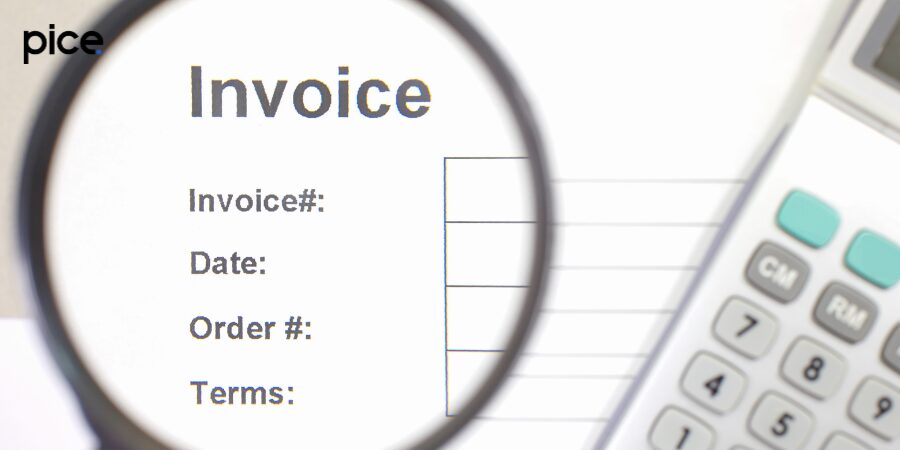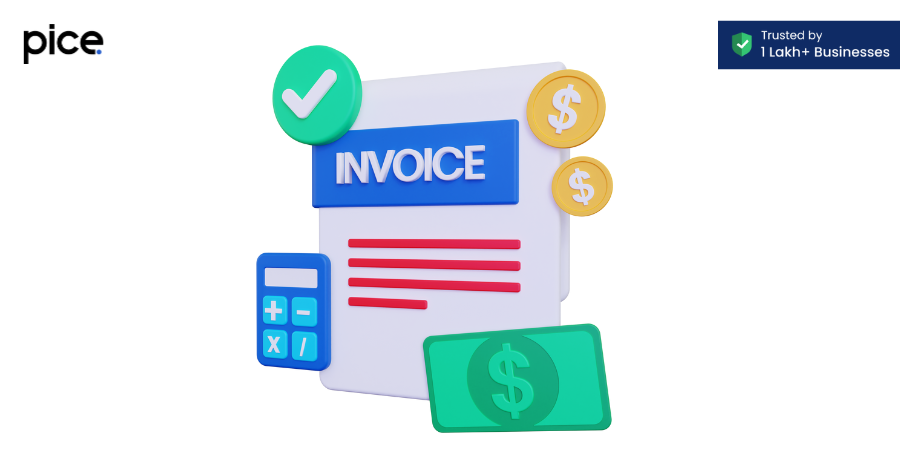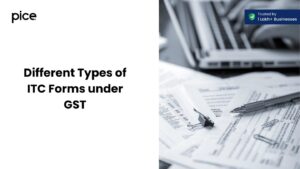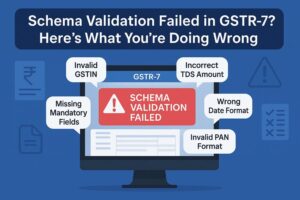How to Create an E-Way Bill Without a GST Number?
- 24 Aug 24
- 9 mins

How to Create an E-Way Bill Without a GST Number?
Key Takeaways
- Creating an E-Way Bill without a GST number requires specific documents and a clear understanding of the E-Way Bill System and GST Portal requirements.
- The validity of an E-Way Bill depends on the distance traveled, with specific timeframes allocated for each distance range.
- Non-GST invoices must include comprehensive seller and buyer details, along with an accurate list of items and clear payment terms.
- Non-GST bills can be issued by businesses or individuals not registered under GST, including those dealing in exempt goods or small businesses below the turnover threshold.
- Using a structured and intuitive invoice template helps ensure all necessary details are included for compliance and accuracy.
Creating an E-Way Bill is a fundamental part of the E-Way Bill System, which ensures seamless movement of goods across states in India. While GST numbers are typically required for generating E-Way Bills, there are scenarios where a business or individual might need to create an E-Way Bill without a GST number.
Handle all your sales and purchase invoices in one place.
Pice’s all-in-one invoice management tool helps you track, send, and organize invoices from a single dashboard. Automatically share new invoices with customers, send timely payment reminders, and keep your collections under control—effortlessly.
Want early access? Fill out this form to get request a demo!
Necessary Documents for E-Way Bill Generation

To generate an E-Way Bill, certain fundamental documents are required to ensure accuracy and compliance with the GST Portal's regulations. Even without a GST number, you must provide specific details to create a valid E-Way Bill. These documents include the invoice or bill of supply, which can be a Non-GST Invoice or a GST Invoice, depending on the nature of the transaction. An accurate invoice must be prepared with a clear invoice format, listing all necessary details.
Additional documents such as a transport document (like a consignment note) are also essential. These physical documents ensure that all product movements, whether inter-state or intra-state, are tracked efficiently. Details about the type of invoice, whether a regular invoice, a special invoice, or a tax invoice, should be explicitly mentioned to avoid legal issues. Accurate documentation ensures a positive customer experience and smooth business transactions.
💡If you want to pay your GST with Credit Card, then download Pice Business Payment App. Pice is the one stop app for all paying all your business expenses.
You should also be prepared with the list of items being transported, ensuring that the minimum items required for the transport document are clearly listed. This helps in maintaining a precise record of transactions and adhering to the legal requirements. Furthermore, having the correct transport document with all key details filled in can prevent delays in payment and ensure adherence to payment terms.
E-Way Bill Validity Duration
The validity of an E-Way Bill depends on the distance the goods need to travel. For distances up to 100 km, the E-Way Bill is valid for one day. For every additional 100 km or part thereof, an extra day is added to the validity period. This timeline is crucial for ensuring that goods reach their destination within the allowed time frame, avoiding any legal issues related to delayed transport.
The E-Way Bill system accommodates both inter-state and intra-state movements, making it vital for businesses to understand the time movement constraints. For example, a transport document for dimensional cargo vehicles, which typically travel slower due to their size, might require more careful planning compared to regular vehicles. Understanding the time period for each segment of the journey helps in maintaining compliance and ensuring the seamless movement of goods.
Additionally, for E-Way Bills that are close to expiring, an extension can be requested under specific circumstances, ensuring that the legal movement of goods is maintained. This process involves updating the details in the GST portal and ensuring all relevant fields are correctly filled out. Proper management of E-Way Bill validity helps in maintaining a positive customer experience and ensures that business operations are not hindered by regulatory issues.
Step-by-Step Guide to Creating a Non-GST Invoice
Creating a Non-GST Invoice involves several steps, each requiring attention to detail to ensure compliance and accuracy. This process is crucial for businesses or individuals who do not have a GST number but still need to issue invoices for their transactions. Here's a step-by-step procedure to help you create a precise invoice:
- Prepare the Invoice Format: Begin with a clean invoice format, ensuring it includes all necessary fields such as the seller’s and buyer’s details, description of goods or services, quantity, rate, and total amount. Intuitive invoice templates can be used to make this process easier and ensure consistency.
- Fill in Seller and Buyer Details: Accurately enter the seller’s and buyer’s information, including names, addresses, and contact details. This ensures that both parties have a clear record of the transaction and can avoid any legal issues.
- List the Items: Include a detailed list of items being sold, ensuring each item is described accurately. This includes the item rate, quantity, and total cost for each item. This step is crucial for maintaining an accurate record of transactions.
- Specify Payment Terms: Clearly state the payment terms, including any conditions related to delays in payment. This helps in setting clear expectations and avoiding any disputes related to payment.
- Review and Save: Once all details are filled in, review the invoice for accuracy and completeness. Save the invoice in a format that is easy to share and store, such as PDF.
Following these steps ensures that your non-GST invoice is precise, legally compliant, and provides a positive experience for your customers.
Who Can Issue a Non-GST Bill?
Non-GST Bills can be issued by individuals or businesses that are not registered under GST. This includes small businesses with turnover below the threshold limit, unregistered customers, and those dealing in exempted goods or services. Such entities must still maintain accurate records of their transactions and adhere to the legal requirements for invoicing.
Issuing a non-GST bill requires careful attention to detail to ensure all necessary information is included. This includes the business buyer requests, item descriptions, and any additional details that may be required for a specific transaction. By providing a precise invoice, these businesses can maintain a clear record of their transactions and ensure compliance with any applicable regulations.
Even though a GST number is not required, these businesses should still follow best practices for invoicing, including using intuitive invoice templates and maintaining a record of transactions. This helps in ensuring that their business operations run smoothly and that they can easily transition to GST registration if their turnover exceeds the threshold in the future.
Non-GST Invoice Template
Using a well-structured invoice template is essential for creating non-GST invoices. A clear and intuitive template ensures that all necessary information is included and that the invoice is easy to read and understand. Below are the key sections that should be included in a non-GST invoice template:
Seller Details
The seller’s information is a critical part of the invoice. This includes the name of the business or individual, address, contact details, and any other relevant information. Including these details helps in maintaining a clear record of who is issuing the invoice and facilitates easy communication between the seller and buyer. The seller's details should be accurate and updated to avoid any confusion or legal issues.
Buyer Details
Similarly, the buyer’s information must be clearly stated on the invoice. This includes the buyer’s name, address, contact information, and any specific details related to the transaction. Having accurate buyer details ensures that the invoice is correctly directed and helps in maintaining a positive customer experience. This section should also include any special instructions or requests from the buyer to ensure all parties are on the same page.
By following these guidelines and using a structured template, businesses can create accurate and compliant non-GST invoices. This not only helps in maintaining proper records but also ensures smooth business transactions and a positive experience for all parties involved.
 By
By 















